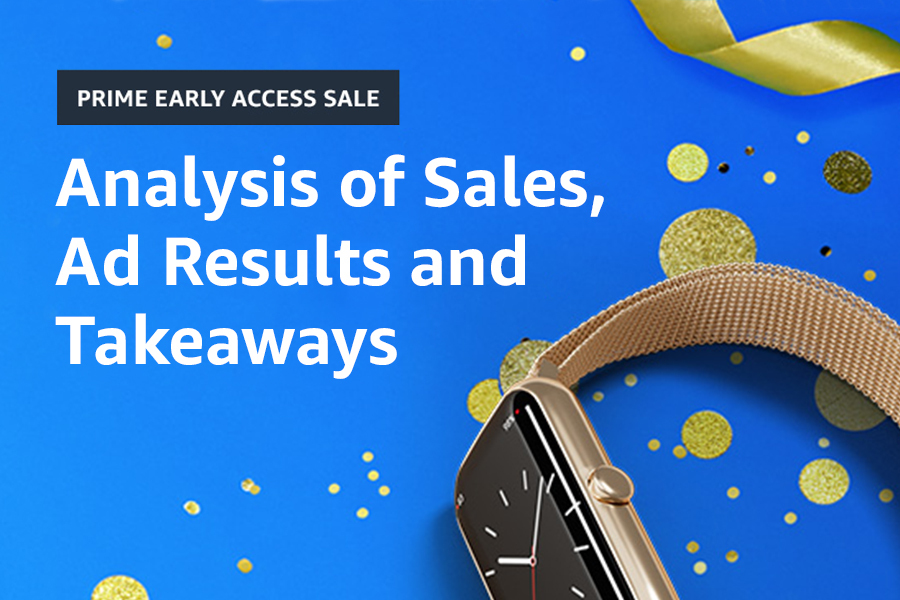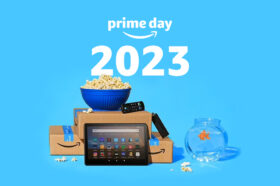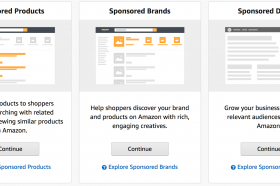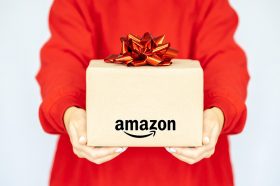Resources - Blog
Prime Day Early Access Sale Recap: Sales, Ad Results, and Takeaways

Get the full breakdown of the first ever Prime Day Early Access Sale.
Prime Early Access Sale (PEAS) drove 25% more sales than an average Amazon week
For the first time in its history, Amazon announced a second Prime event, the Prime Early Access Sale (PEAS), which was a pleasant distraction for consumers battling budget constraints as inflation levels continue to remain at all-time highs (now at 8.2%, according to the U.S. Labor Department). While it may not have performed at the level of July’s Prime Day, it served its purpose as the herald of holiday shopping or, more accurately, the herald of holiday deals and promotions.
Below we will examine the results from Feedvisor customer sales and advertising data across Amazon’s U.S. marketplace during Early Access with comparisons to July’s Prime, identifying key trends and KPIs that helped inform our insights and projections for the remainder of the year.
Read on to discover how top brands and retailers are adapting their Prime event strategies to shape holiday and future tentpole events.
During PEAS, Feedvisor data shows the Arts & Crafts category had a 31% increase in sales as consumers purchased lower-priced gifts.
Inflation Drove Affordable Gift Category Sales This Prime Event
Compared to previous weeks, PEAS saw more than 100 million items ordered and tens of millions of Prime members participating, according to Amazon. Driving 25% more sales than an average Amazon week, the top categories Prime members purchased from include apparel, home, and toys, with an emphasis on lower-priced products and affordable gifts.
Feedvisor data corroborates this statement, showing a 10% increase in sales compared to the weeks leading up to PEAS. However, compared to Prime Day, there is a 22% decrease in overall sales, which is expected due to the recent economic challenges.
Consumers have become more cautious and deliberate with spending as September prices hit another 40-year high, with common necessities bearing the brunt of the increases. According to NPR, electricity prices are up 15.5%, grocery prices are up 13%, and rent is up 7.2%, leaving little room for non-essential spending.
During PEAS, Feedvisor data shows the Arts & Crafts category had a 31% increase in sales as consumers purchased lower-priced gifts.
According to Feedvisor data, the top 3 categories by sales for PEAS are Home & Garden, Clothing, Shoes, Jewelry & Watches, and Beauty & Health. The Toys category saw an impressive 7% increase compared to July’s Prime, with popular products being playsets and dolls. Other top products included Halloween costumes, boots, fall/winter apparel, Christmas decorations, and self-care products.

The average basket size was lower for PEAS, averaging around $30.49 compared to $31.30 for Prime Day. According to Numerator, 44% of orders placed were for $20 or less, while 10% of orders were for more than $100, indicating shoppers were not spending heavily on this event.
Overall, performance was mixed among our clients, with 1p vendors seeing a slightly higher performance than 3p merchants.
The Arts and Crafts category had the highest percentage of sales from ads at 132%.
Ad Spend and Ad Sales Were Down Compared to July’s Prime
Ad spend for PEAS was much lower than July’s Prime Day, with a shorter timeframe for sellers to plan ahead and Q4 sales planning already begun. Advertisers were moderate when it came to spending on this new event, while others chose to save their budgets for the bigger Cyber 5 week.
Between inflation and rising storage and shipping costs, ad spend decreased by 43% compared to Prime, with a majority spent on the first day of the Amazon Prime Early Access Sale. On average, ad sales decreased by 10% compared to Prime Day.
The Arts and Crafts category had the highest percentage of sales from ads at 132%.
This category also had the highest ad spend compared to Prime (536% increase). Still, the return on ad spend dropped 63%, showing the immense competition that sellers in this category faced this time of year, as more and more consumers are hoping to get a head start on holiday cards and gifts before prices rise again. Ad cost of sale (ACoS) also increased (174%).
Of the top 5 categories, Home & Garden had the highest percentage of sales from ads, with a 21% increase compared to July’s Prime. Ad spend was up 66% in this category, while return on ad spend (ROAS) was down 24%. This is a very competitive market with sought-after products for which consumers are on the hunt, especially as the same products in-store appear to be at a higher price point. Electronics also saw a boost with a 5% increase in ad sales, while ad spend for this category was up 13%.

Across the top 5 categories, ACoS increased 38% compared to Prime Day 2022, while RoAS showed an incremental increase of 1%. The Clothing, Shoes, Jewelry & Watches category saw the most significant increase in RoAS (24%), while Food and Groceries saw a 12% bump.
CPC Sees Some Reprieve, Especially for Top 5 Categories
Costs per click (CPC) and costs per impression (CPM) jumped to the highest they have ever been during July’s Prime and showed no sign of slowing down, to the dismay of advertisers. Thankfully, the PEAS average CPC decreased by 27% when compared to Prime Day and only increased by 5% when compared to Prime Day held in 2020.
The Home & Garden category saw the highest increase in CPCs by 24% during this event, while RoAS decreased by 24%. Total RoAS across categories decreased by a modest 27% compared to July.

The Beauty and Health category showed the highest CPM at $3.62. The average CPM of Prime Day Early Access Sale was $2.12 across the top 5 categories.
Impressions Decline for Prime Early Access Sale
Impressions across all categories decreased 32% compared to July’s Prime Day, attributed to the lower ad spend for this event.
Similar to July’s Prime, impressions were significantly higher on the first day of the Amazon Prime Early Access Sale (October 11), with the Home and Garden category showing a nearly 10% increase in impressions from July as well.
Final Thoughts
Holiday shopping is indeed underway. Our eyes will be on sales trends this holiday season as we wait to see if holiday purchases will mirror last year’s when they started early but flattened as we entered Cyber 5, or if they will continue strong.
Currently, online holiday sales are predicted to hit $209.7 billion this year (based on the period of Nov. 1st to Dec. 31st), representing a 2.5% year-over-year growth.
Consumers will be more motivated by deep discounts than ever before, placing a greater emphasis on the visibility of your products and deals amidst the ever-growing competitive landscape. This means it is imperative to have the most advanced technology and a team of experts available who can craft a winning strategy from a combination of content, keywords, advertising, and repricing to help ensure discovery, engagement, and conversion.
Not ready to talk? Get a glimpse into your competitors’ pricing strategies with our free Amazon Competitor Analysis Tool and get a free audit of your advertising strategy to help you better prepare.




